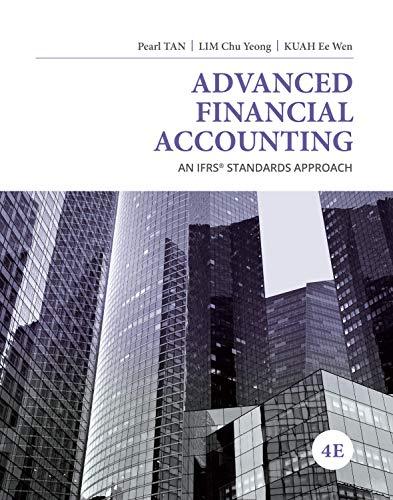Question
Quality in Practice: Six Sigma Integration at Samsung Samsung Electronics Co. (SEC) of Seoul, Korea, was founded in 1969 and sold its first product, a
Quality in Practice: Six Sigma Integration at Samsung
Samsung Electronics Co. (SEC) of Seoul, Korea, was founded in 1969 and sold its first product, a television receiver, in 1971. Today Samsung is well-known in the home, mobile, office networks, and core components businesses. Since its inception, SEC has used a variety of quality tools and approaches, but Six Sigma was added to upgrade its approaches and improve SEC's competitive position in world markets. Strategically, SEC wants to be a borderless, global brand that is a household word wherever its products and services are available. Its strategic objective is to create both qualitative and quantitative growth and deliver competitive value to all stakeholderscustomers, partners, and shareholderswhile maintaining profitability. To accomplish this objective, their emphasis is on optimizing the supply chain to make operations as efficient and timely as possible. SEC integrated Six Sigma into its entire business process as a way to perfect its fundamental approach to product, process, and personnel development (see Figure 1). Figure 1 Samsung's Integration of Six Sigma (same as 6E) Supplier to Development to Procurement to Manufacturing to Logistics to Marketing to Sales to Services to the Customer. This process begins all over again at Development. Six Sigma process: Supplier to Development to Procurement to Manufacturing to Logistics to Marketing to Sales to Services to the Customer. This process begins all over again at Development. As a foundation for its Six Sigma thrust, SEC began by pursuing a pervasive goal of developing its internal resources, especially people, to put innovation first in the development and design of products, in manufacturing and marketing, and in the growth of employees. The Six Sigma process began in late 1999 and early 2000 with training for SEC's management, champions, and other employees responsible for planning and deployment. Within three years, about one-third of its 49,000 employees received formal training. In 2000, manufacturing began to use Six Sigma improvement processes, and then expanded its scope to include "Design for Six Sigma" (see Chapter 13) in designing new products. Next, Six Sigma was applied to business and internal support processes where customer needs and interactions have become increasingly critical. These processes include transactional activities such as completing an invoice, designing procedures to improve cycle time, and improving processes in human resources, accounting, business planning, sales, call centers, and customer service. All business processes are candidates for Six Sigma improvement, and SEC's finance and marketing people have begun to embrace it. Through Sigma Park, an intranet site available to all SEC facilities worldwide, SEC provides reference materials, benchmarking opportunities, reports to senior management, and enhancement for Six Sigma projects whose team members span several continents. Cross-border organizational learning is advanced as the Six Sigma methodologies are applied consistently from location to location. In 2000 and 2001, SEC completed 3,290 Six Sigma projects, which contributed to a 50 percent (an average) reduction in defects. No thought is given to improvement in quality and productivity without Six Sigma. These initiatives contributed to the company's recent growth. For example, SEC became one of the top 10 electronic and electrical equipment manufacturing companies in the world, with the best operating profit ratios and superior fiscal soundness. Its debt to equity ratio also is lower than that of any top ranking company; and it reached the number one position in BusinessWeek's 2002 information technology guide. Employees believe that quality is the single most important reason for the company's higher sales, lower costs, satisfied customers, and profitable growth. The four factors that made Six Sigma successful at SEC are the following: Strong proactive support with required resources provided by top management Acceptance and implementation of Six Sigma's basic disciplines by employees Linkage with all innovative and infrastructure activities Accurate and fair evaluation of all successful Six Sigma projects, with meaningful recognition and rewards for employees A flattening of the organizational structure, making it easier for key decisions to be made at lower levels, was another factor contributing to SEC's success. SEC intends to use Six Sigma and innovation to remain a leader in the digital economy.
1. Although this case application suggests that Six Sigma was deployed quite easily at Samsung, what specific challenges do you think the company faced after it decided to begin its Six Sigma thrust? How might its prior focus on quality have made Six Sigma easier to implement?
2. Suggest some specific types of Six Sigma projects within the supply chain in Figure 1 that Samsung might have undertaken.
Step by Step Solution
There are 3 Steps involved in it
Step: 1

Get Instant Access to Expert-Tailored Solutions
See step-by-step solutions with expert insights and AI powered tools for academic success
Step: 2

Step: 3

Ace Your Homework with AI
Get the answers you need in no time with our AI-driven, step-by-step assistance
Get Started


